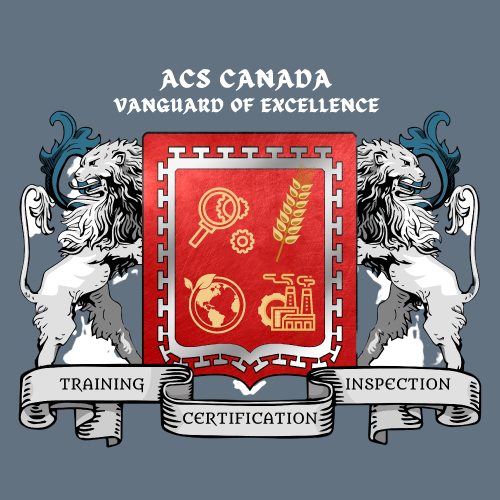SPC-SQC
This course aims to teach the principles and practices of basic QC tools including statistical process control, SPC, and statistical quality control, SQC.
Course Learning Outcomes
Control of Variation, Continuous Improvement, Predictability of Processes, Elimination of Waste and Product Inspection.
Course Content:
A)The Seven Old Tools
1. Control chart, Control chart is a graph used to study how a process changes over time. Data are plotted in time order. A control chart always has a central line for the average, an upper line for the upper control limit and a lower line for the lower control limit. These lines are determined from historical data.
2. Run chart, A run chart is a line graph of data plotted over time. By collecting and charting data over time, you
can find trends or patterns in the process. Because they do not use control limits, run charts cannot tell you if a
process is stable.
3. Pareto chart, Pareto Chart is a type of chart that contains both bars and a line graph, where individual values are represented in descending order by bars, and the cumulative total is represented by the line.
4. Flow chart, A flowchart is a type of diagram that represents an algorithm, workflow or process, showing the
steps as boxes of various kinds, and their order by connecting them with arrows. This diagrammatic representation illustrates a solution model to a given problem. Flowcharts are used in analyzing, designing, documenting or
managing a process or program in various fields.
5. Cause and effect diagram, Cause and Effect diagram is a diagram which visually displays the many causes for a problem or effect. It helps to find the root cause of a problem.
6. Histogram, A histogram is a graphical representation of the distribution of numerical data. It is an estimate of the probability distribution of a continuous variable. It consisting of rectangles whose area is proportional to the frequency of a variable and whose width is equal to the class interval.
7. Scatter diagram, Scatter Diagram is a graph in which the values of two variables are plotted along two axes, the pattern of the resulting points revealing any correlation present.
B)New Seven Tools:
1.Affinity diagram, An Affinity Diagram is a tool that gathers large amounts of language data (ideas, opinions, issues) and organizes them into groupings based on their natural relationships . The Affinity process is often used to group ideas generated by Brainstorming.
2. Relational diagram, An entity-relationship diagram (ERD) is a graphical representation of an information system that shows the relationship between people, objects, places, concepts or events within that system. An ERD is a data modeling technique that can help define business processes.
3. Tree diagram, Tree diagram a way of representing the hierarchical nature of a structure in a graphical form. It helps to list the various criteria based on their importance.
4. Matrix diagram, A Matrix Diagram (MD)is a tool that allows a team to identify the presence and strengths of relationships between two or more lists of items. It provides a compact way of representing many-tomany relationships of varying strengths.
5. Program decision process chart, The process decision program chart (PDPC) systematically identifies what might go wrong in a plan under development. Countermeasures are developed to prevent or offset those problems. By using PDPC, you can either revise the plan to avoid the problems or be ready with the best response when a problem
occurs.
6. Arrow diagram, Arrow diagramming method (ADM) is a network diagramming technique in which activities are represented by arrows. ADM is also known as the activity-on-arrow (AOA) method. The arrow diagram shows the required order of tasks in a project or process, the best schedule for the entire project, and potential scheduling and resource problems and their solutions. The arrow diagram lets you calculate the “critical path” of the project.
7. Prioritization Matrix, A prioritization matrix is a simple tool that provides a way to sort a diverse set of items into an order of importance. It also identifies their relative importance by deriving a numerical value for the priority of each item.
C)Statistical Quality Control
1-Sampling (Simple random sampling, Systematic sampling, Stratified sampling, Cluster sampling)
2-Non-probability sampling(Quota sampling, Convenience sampling, Purposive sampling,Self-selection sampling, Snowball sampling)
D)Quality Control
Quality control (QC) is a procedure or set of procedures intended to ensure that a manufactured product or performed service adheres to a defined set of quality criteria or meets the requirements of the client or customer. The various techniques used in QC are PDCA Cycle, 5S and Kaizen.

